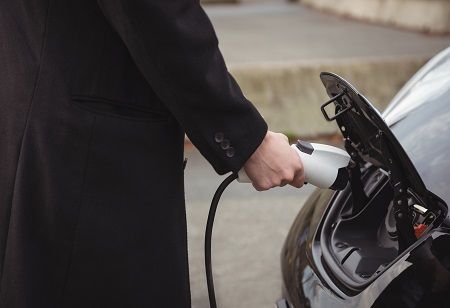
India is spearheading the electric vehicle (EV) revolution in emerging Asia, propelled by substantial investments and rapid growth in the electric two- and three-wheeler markets. A report titled Powering an Affordable EV Revolution in Emerging Asia underscores the region's need for $1.3 trillion in capital by 2030 to enhance electric mobility and mitigate emissions. In 2023, India became the largest consumer of electric three-wheelers, selling 580,000 units, which accounted for 60% of global sales, reflecting a remarkable 65% year-over-year increase. Additionally, the country ranks second globally in e-scooter sales, with 880,000 units sold, representing a 40% rise from the previous year.
Private investment and supportive policies, particularly the Faster Adoption and Manufacturing of Electric Vehicles (FAME II) scheme, have been crucial in facilitating this transition. However, ongoing investment in battery swapping infrastructure and charging stations is essential to overcome challenges such as high upfront costs and range anxiety. The report projects that India could achieve 40-50% electrification in the three-wheeler sector by 2027.
The shift from internal combustion engine (ICE) vehicles to electric models presents significant economic and environmental advantages. For frequent commercial users, EVs can enhance income by 20%, while providing a quieter and more comfortable ride. Moreover, electrifying the three-wheeler segment could lead to a reduction of 1.65 million tonnes of CO2 emissions over the lifecycle of 100,000 vehicles.
To maintain this momentum, the report emphasizes the need to scale manufacturing capacities and develop innovative financing models. It calls for private capital markets to support low-income consumers and to build a robust EV ecosystem. With increased infrastructure investments, India and other emerging markets are poised to lead the next phase of the global mobility transformation.

